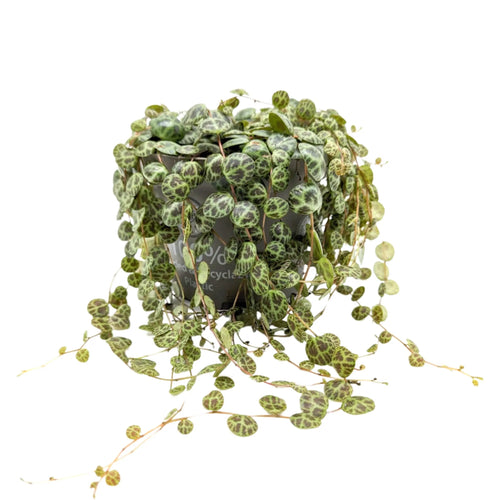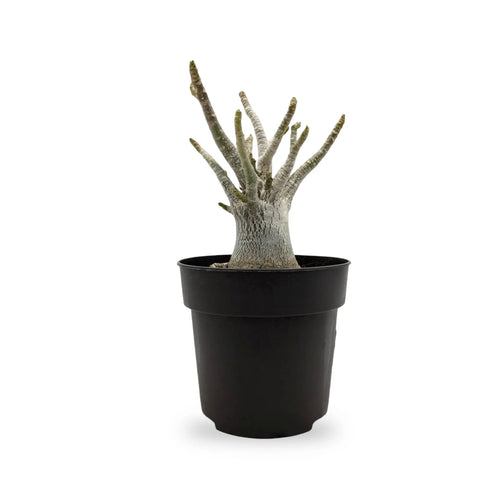Why Your Plant Might Be Wilting and How to Fix It
If your beloved houseplant is looking limp and droopy, it's probably trying to tell you something. There are several reasons why a plant might wilt, but thankfully most of these causes are easily remedied.
1. Overwatering (most common)
If your plant's leaves are wilting and turning yellow, it's likely due to overwatering. Overwatered leaves will have a soft, floppy appearance, resembling waterlogged sponges.
Solution:
Check the soil moisture. If the soil is excessively wet, then overwatering is the culprit so allow the plant to dry out for a period.
In the future, water the plant only when the top two inches of soil feel dry to the touch or better still use a Moisture Meter to test when you need to water - find them here.

2. Underwatering
Just as too much water can harm your plant, too little can also be detrimental. Underwatered leaves will appear dry and may not turn yellow. Leaves are also very limp as a result of dehydration.
Solution:
Examine the soil. If it's bone dry, increase the frequency of watering.
Maintain the same watering principle: only water when the top two inches of soil feel dry and use a Moisture Meter.

3. Lack of Light
If your plant isn't receiving enough sunlight, it will wilt due to an inability to absorb sufficient light for photosynthesis.
Solution:
Gently relocate the plant to a brighter location, gradually increasing its exposure to sunlight or use a grow lamp to solve the issue. These are increasingly more popular these days due to the running cost of only a few pence per day.
Avoid drastic changes in light intensity. Moving a plant directly from deep shade to a sun-drenched window can cause stress, so if you are going to do this, do it slowly and over a period of a couple of weeks.

4. Natural Aging
Wilting isn't always a sign of distress. Sometimes, wilting leaves near the base of the plant simply indicate the completion of their natural life cycle.
Solution:
Don't panic! Simply snip off the occasional wilted leaf or flower using clean secateurs. This encourages the plant to redirect its energy towards new growth.
5. Rootbound Plants
If your plant has been in its current pot for several years, the roots may have outgrown the available space. A cramped root system hinders nutrient absorption, leading to wilting. The easiest way to check is lift up the plant and see if roots are coming out of the bottom of the pot. The roots should be chunky and white.
Solution:
Repotting is ideal between March and September, during the plant's active growth phase.
Use specially formulated compost, specifically tailored to your plant's needs. We recommend Soil Ninja and you can find these here.

6. Temperature Fluctuations
Excessive heat can cause a plant to wilt rapidly due to dehydration. On the other hand, extreme cold can induce wilting due to stress. Of course in the home, temperatures flutuate quite quickly so just be findful when this does happen.
Solution:
Try and maintain a consistently warm and stable environment for your house plants.
A comfortable room temperature for you is generally suitable for your plants.
Remember, provide your plant with 7-10 days or so to respond to the implemented solutions. If persistent problems arise, drop us a line and we can help! Shoot us an email hello@leafculture.co.uk










